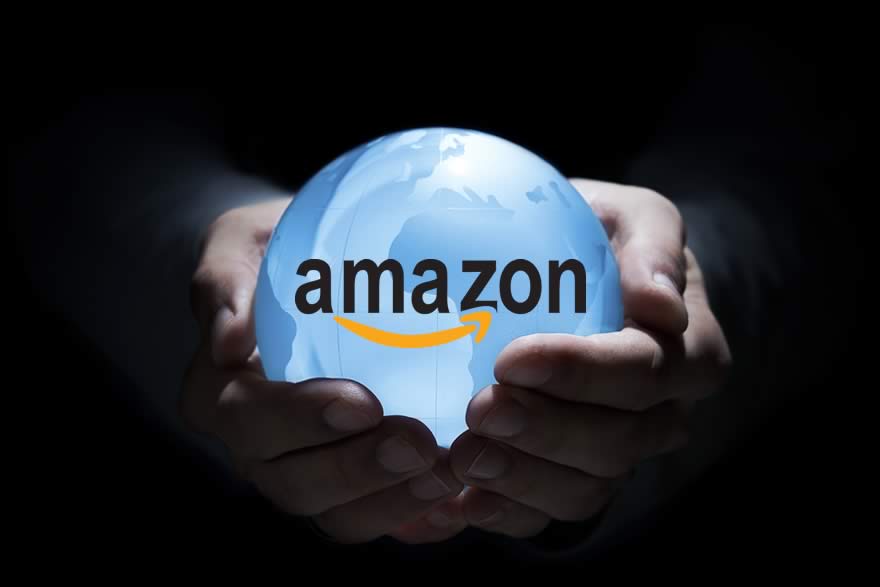As a third-party seller on Amazon, the site with the highest web sales from last year, knowing where the company will be in the future is always going to be of significance to you. You want to be able to keep selling your wares on a platform that will thrive, not one that will swirl the drain like so many others. With revenue in the billions, it seems safe to say the future of Amazon definitely falls into the former…despite its small profit margin? And whilst a recent New York Times article has a slightly different opinion, RepricerExpress gives you the lowdown on where we think Amazon is headed.
Amazon’s Latest Profit Reports
Firstly, it’s important to know the difference between revenue and profits. Revenue is the total money coming in, and profit is what you’re left with after you’ve subtracted operating costs. It’s one of the most basic economics principles, and you’ll see it referred to more than once. And while both are important, it’s profit at the end of the day that matters more and the only thing that matters when it comes to valuing stocks.
Last month, Amazon’s quarterly report came out and it was glowing: a revenue growth of 23%. It’s a very handsome figure and one that most businesses aspire to but can’t reach. To increase the percentage of money coming in by double digits, never mind reaching 23%, is a sure sign the company’s doing something right.
Not So Fast, We Haven’t Talked About Profit
And now we come to the other side of the economic equation—how much of that money that came in is still there at the end of the day. It almost doesn’t matter if your revenue is more than half the world’s combined GDP, because if you can’t hang on to a sizeable enough portion, you won’t be in business long-term, however, it’s exactly that long-term view that Amazon focuses on.
While Amazon may have pulled in a very impressive revenue figure ($20 billion), its profits were a near-scant $108 million, or about 5% of its total revenue. And next quarter? Well, next quarter, the prediction — made by Amazon itself — is flat revenue and a loss of up to $455 million.
What This Means for Amazon
Amazon is a publicly traded company, which means that part of its value comes from stocks, or shares (the two terms can be used interchangeably, as they both mean having ownership in a company). The more people think a company is doing well, the more stocks are bought; the more stocks are bought, the better the company does. It’s a bit circular, but shares are essential to a company’s temperature. As an example, just think back to any company that had cheap or falling shares, and what its future was: Nortel, Exxon Valdez, the notoriety of penny stocks.
When Amazon’s reports came out (the quarterly and the prediction for the next quarter), their shares price of $300 in late April were in stark contrast to an all-time high of $408 this year. More worrisome for some is that this quarterly report is the second in a row to trigger a decrease in stock prices: the previous time was 31 January when the marketplace forum suffered an 11% drop in share prices.
However, that first time was because of lower-than-expected revenue and returns, while this recent fall is solely to do with profits. Investors and analysts believe this shows Amazon not being very prudent at turning their enormous revenue into tidy profits, and demonstrates a bit of volatility, which the market hates with a passion.
Does This Mean I Should Avoid Amazon?
Not at all. Amazon itself is 20 years old, the stock has more or less established itself as a blue chip stock, and the price of the stock has tripled over the last five years. And each time people have used traditional and conservative economical thinking, it hasn’t paid off in this case, despite what the textbook says. Amazon has traditionally invested heavily in its infrastructure and future technologies that it hopes will create a hugely solid foundation for the next 20 years, a foundation few companies will be able to replicate or compete with in any significant way.
There has never been a better time to become a third party seller on Amazon, with its platform exploiting mobile commerce, its FBA service going from strength to strength, its customer base moving towards 200 million and its marketplace allowing for competitive pricing through solutions like RepricerExpress. Selling on Amazon could in fact be the most straight forward and least risky means of entering ecommerce.





